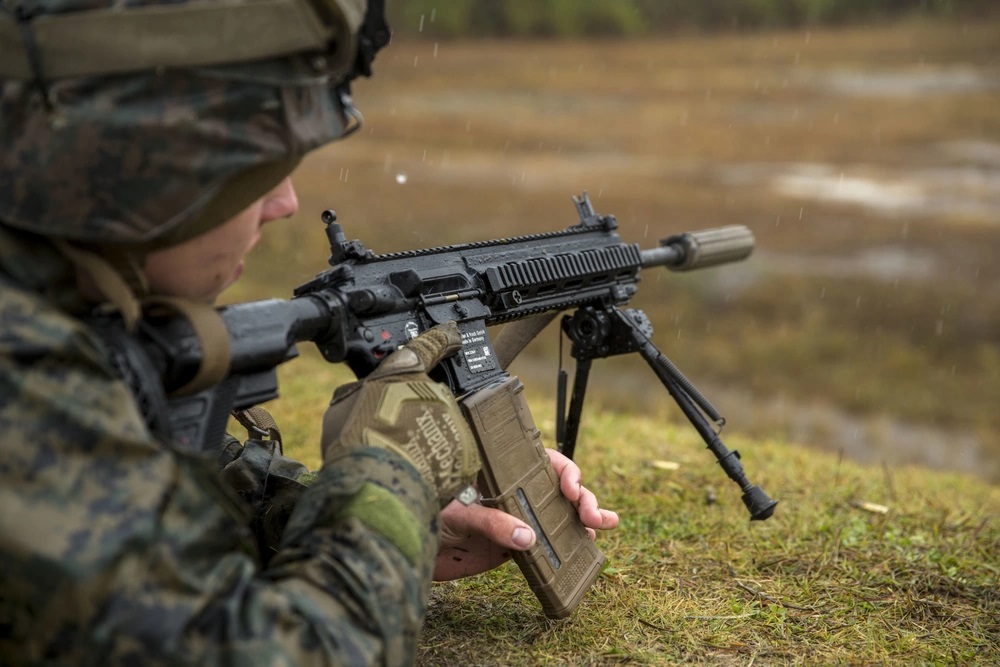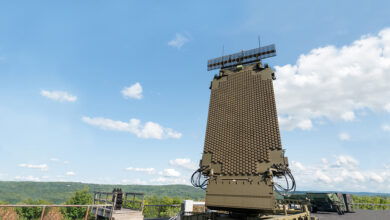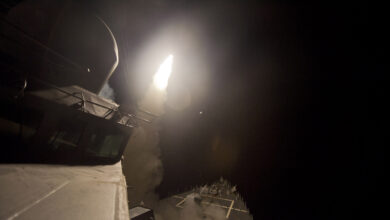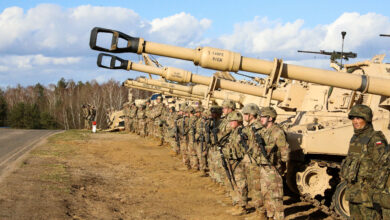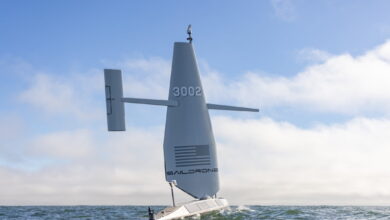US Marine Corps Seeking Counter-Drone Attachment for M27 Rifle
The US Marine Corps’ M27 infantry automatic rifles could soon receive sophisticated counter-drone attachments.
This as the Marine Corps Systems Command issued a formal notice to potential vendors who can deliver rifle-mounted solutions for detecting, identifying, tracking, and defeating hostile drones.
These include radio frequency and global positioning system jammers, ammunition, and advanced rifle optics that lock onto an incoming drone.
According to the notice, the attachment should allow infantrymen to effectively defend themselves against group 1 and 2 unmanned aerial systems (UAS).
Group 1 UAS refers to drones weighing less than 20 pounds (9.1 kilograms) such as the RQ-11 Raven, while Group 2 drones are those that weigh 21 to 55 pounds (9.5 to 25 kilograms) like Boeing’s ScanEagle.
“With the proliferation of UAS as a threat on the modern battlefield, Marines require the ability to maintain awareness … and conduct self-defense against threat UAS,” the notice wrote. “Every unit down to the individual Marine, regardless of geographic location on the battlefield, is vulnerable [to drone attacks].”
Squad and Platoon-Level Solutions
The US Marine Corps said it is looking for anti-UAS attachments that are suitable for squad and platoon-level organizations.
For squad level, solutions may include a non-kinetic, directional jammer and a passive detection system that can sense an incoming drone’s radio frequency.
External, body-worn components such as tablets, bracelets, earpieces, or glasses can also be utilized for receiving alerts, warnings, or notifications.
Meanwhile, platoon-level solutions may require non-kinetic, omni-directional jammers and bigger, more sophisticated sensors.
These components can be vehicle or tripod mounted.
The service has made it clear that potential solutions must be able to effectively operate in adverse weather and operational conditions, including snowy, rainy, dusty, and low light.
Vendors should also be able to provide training, integration, testing, production, and maintenance support if selected.

